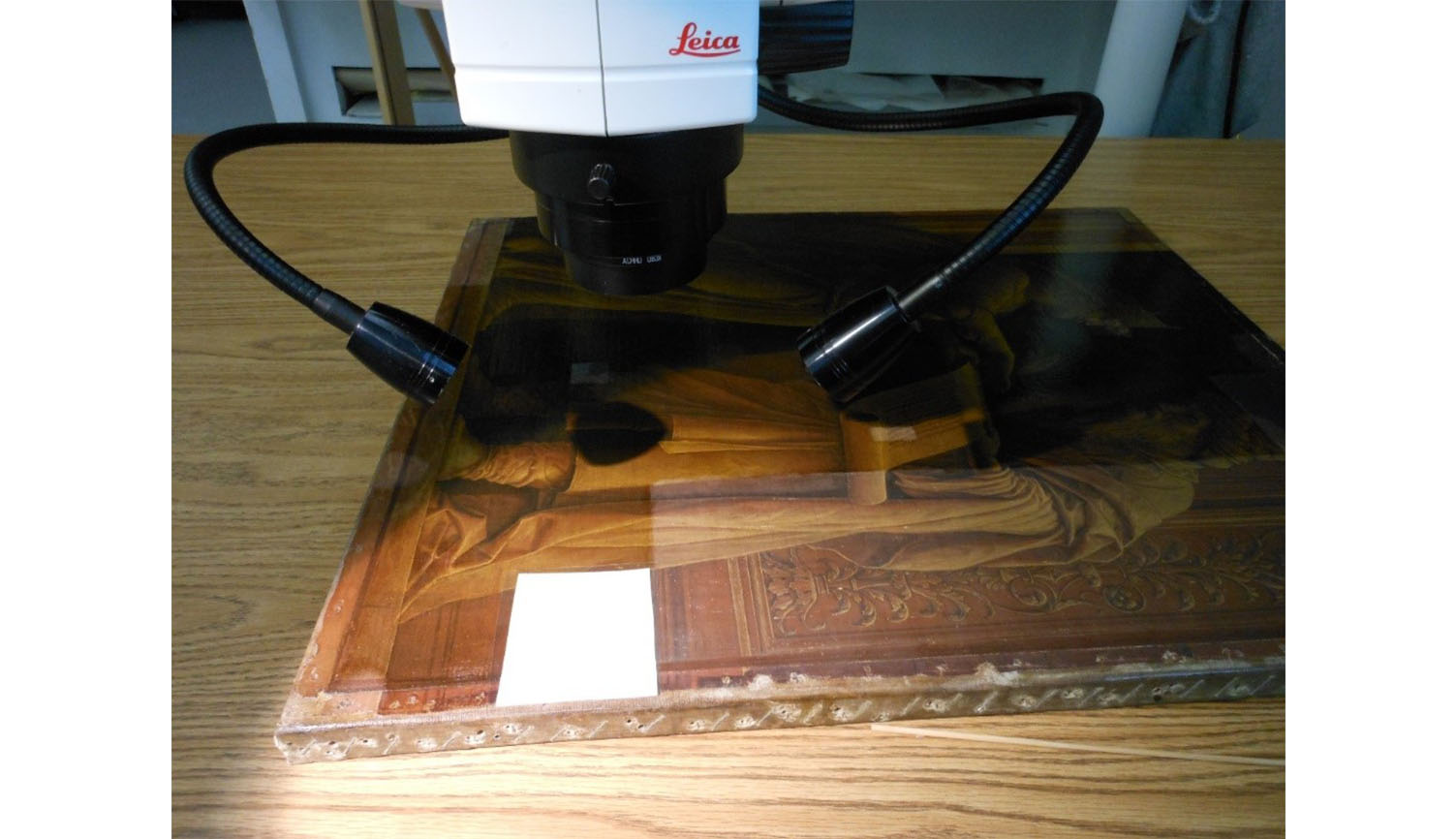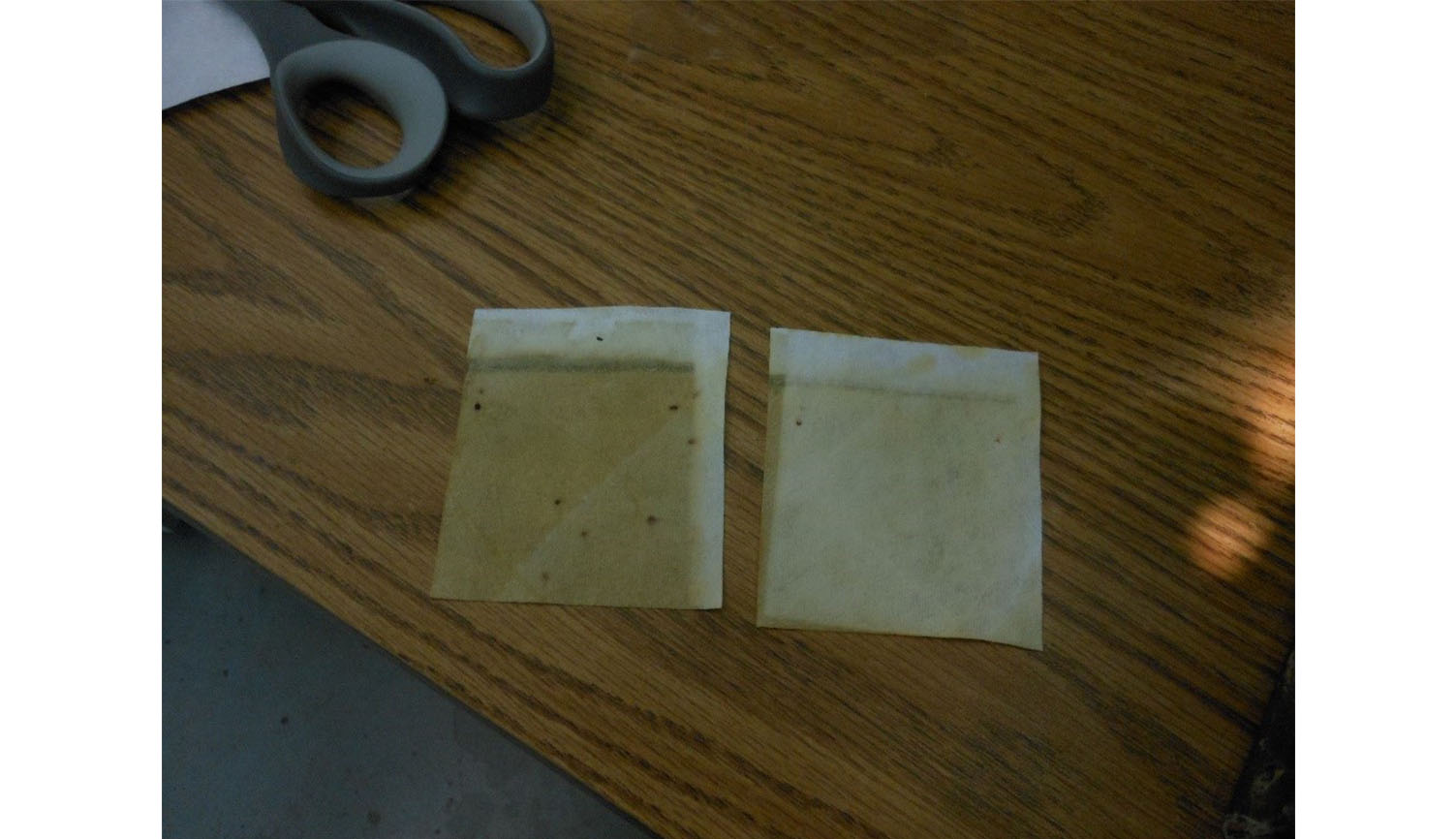- Art Home
- Exhibitions
-
Explore the Collection
- Explore the Collection Home
- African Art
- American Paintings, Sculpture and Drawings
- Contemporary
- Decorative Arts and Design
- East Asian Art
- European Paintings, Sculpture and Drawings
- Fashion Arts and Textiles
- Musical Instruments
- Indigenous American Art
- Photography
- Prints
- South Asian Art, Islamic Art and Antiquities
- Provenance and Cultural Property
- Conservation
- Meet the Curators
- Digital Resources
- Art Bridges Cohort Program
- Events & Programs Home
- Calendar
- Accessibility
- Adults
-
Families & Teens
- Families & Teens Home
- 10x10 Teen Art Expo
- Art on the Rise
- Art Together: Art Making for Families with Children Ages 3–5
- Boy Scouts / Girl Scouts
- CAM Kids Day
- Family Storytime and Gallery Walk
- Family Studio: Art Making for Families with Children Ages 6–12
- Games in the Galleries
- Members-Only Baby Tours
- Public Baby Tours
- REC Reads
- Rosenthal Education Center (REC)
- See Play Learn Kits
- Summer Camp
- Teachers
- Community Outreach
- Fundraisers
- Plan Your Own Event

- Art Home
- Exhibitions
-
Explore the Collection
- Explore the Collection Home
- African Art
- American Paintings, Sculpture and Drawings
- Contemporary
- Decorative Arts and Design
- East Asian Art
- European Paintings, Sculpture and Drawings
- Fashion Arts and Textiles
- Musical Instruments
- Indigenous American Art
- Photography
- Prints
- South Asian Art, Islamic Art and Antiquities
- Provenance and Cultural Property
- Conservation
- Meet the Curators
- Digital Resources
- Art Bridges Cohort Program
- Events & Programs Home
- Calendar
- Accessibility
- Adults
-
Families & Teens
- Families & Teens Home
- 10x10 Teen Art Expo
- Art on the Rise
- Art Together: Art Making for Families with Children Ages 3–5
- Boy Scouts / Girl Scouts
- CAM Kids Day
- Family Storytime and Gallery Walk
- Family Studio: Art Making for Families with Children Ages 6–12
- Games in the Galleries
- Members-Only Baby Tours
- Public Baby Tours
- REC Reads
- Rosenthal Education Center (REC)
- See Play Learn Kits
- Summer Camp
- Teachers
- Community Outreach
- Fundraisers
- Plan Your Own Event
Blog: CAM Uncovered
Blog: CAM Uncovered
- Home
- Plan Your Visit
-
Art
- Art Home
- Exhibitions
-
Explore the Collection
- Explore the Collection Home
- African Art
- American Paintings, Sculpture and Drawings
- Contemporary
- Decorative Arts and Design
- East Asian Art
- European Paintings, Sculpture and Drawings
- Fashion Arts and Textiles
- Musical Instruments
- Indigenous American Art
- Photography
- Prints
- South Asian Art, Islamic Art and Antiquities
- Provenance and Cultural Property
- Conservation
- Meet the Curators
- Digital Resources
- Art Bridges Cohort Program
-
Events & Programs
- Events & Programs Home
- Calendar
- Accessibility
- Adults
-
Families & Teens
- Families & Teens Home
- 10x10 Teen Art Expo
- Art on the Rise
- Art Together: Art Making for Families with Children Ages 3–5
- Boy Scouts / Girl Scouts
- CAM Kids Day
- Family Storytime and Gallery Walk
- Family Studio: Art Making for Families with Children Ages 6–12
- Games in the Galleries
- Members-Only Baby Tours
- Public Baby Tours
- REC Reads
- Rosenthal Education Center (REC)
- See Play Learn Kits
- Summer Camp
- Teachers
- Community Outreach
- Fundraisers
- Plan Your Own Event
- Give & Join
- About
- Tickets
- Calendar
- Exhibitions
- Blog
- Shop
Behind the Scenes in Conservation: All that glitters!
by Conservation
7/18/2019
Mantegna , monochrome , distemper , Italian Renaissance , behind the scenes , conservation
Our Italian masterpiece A Sibyl and a Prophet by Andrea Mantegna, dated to around 1495, has been in the paintings conservation lab for treatment. This is a highly unusual painting for a few reasons. First, it’s on canvas, and 1495 is a very early date for a canvas painting. Second, the paint is not egg tempera, as might be expected for this period, or oil paint, as is common for a painting on canvas. Instead the paint is done in distemper, meaning the pigments are bound with animal glue. And as the third unusual feature, the monochrome rendering that Mantegna has done is rare, and so are the small number of pigments he used to make it. A Sibyl and a Prophet was created only with finely ground particles of pure gold and a few dark colors (probably just black and burnt sienna).
Perhaps because the paint is glue-based, it has survived the past five hundred years in very good condition. It’s probable that the surface was never meant to be varnished. The gold particles were supposed to be open to the air, uncoated, allowing them to glitter and shine in the light. However the painting had been varnished, both before and after it was acquired by the museum, in 1927. It was covered with several thick, shiny layers of varnish. The glossy discolored coatings made the painting look almost laminated.
Our paintings conservator employed a new cleaning method that eliminates the mechanical action of swabs on the paint surface. Instead, solvents were applied through a special synthetic fabric that acted somewhat like a poultice. Because the white fabric is opaque, the cleaning was done under a microscope to confirm that no gold or pigment particle was affected.

Two consecutive and timed applications of fabric were done on each area. The two pieces shown here were applied consecutively to the same section of the painting. On the left is the first piece, showing the initial amount of discolored varnish that was absorbed, and on the right, the second application showing that fainter remnants of yellowed varnish were removed. The black dots on each piece are recent retouches that were within the varnish layers, while the dark line is from an overpainted borderline.

The whole painting is shown before cleaning on the left, and after cleaning and some minor retouching, on the right.

Before cleaning the scene was very dark. The figures blended into the black background, and the gold almost looked like yellow paint. After cleaning the intricate drapery and fine details, such as a thin line of gold outlining the prophet’s nose, are revealed.
A Sibyl and a Prophet will remain unvarnished and will be displayed behind optically clear glass. It is going out on an international loan soon, but look for it to be back in the galleries next year.
Image: Andrea Mantegna (Italian, b. circa 1430, d. 1506) A Sibyl and a Prophet, circa 1495, distemper on canvas, Bequest of Mary M. Emery, 1927.406
Cincinnati, OH 45202
Toll Free: 1 (877) 472-4226
Museum Hours
Museum Shop
Terrace Café
Library
The Cincinnati Art Museum is supported by the generosity of tens of thousands of contributors to the ArtsWave Community Campaign, the region's primary source for arts funding.

Free general admission to the Cincinnati Art Museum is made possible by a gift from the Rosenthal Family Foundation. Exhibition pricing may vary. Parking at the Cincinnati Art Museum is free.
Generous support for our extended Thursday hours is provided by Art Bridges Foundation’s Access for All program.

General operating support provided by:



